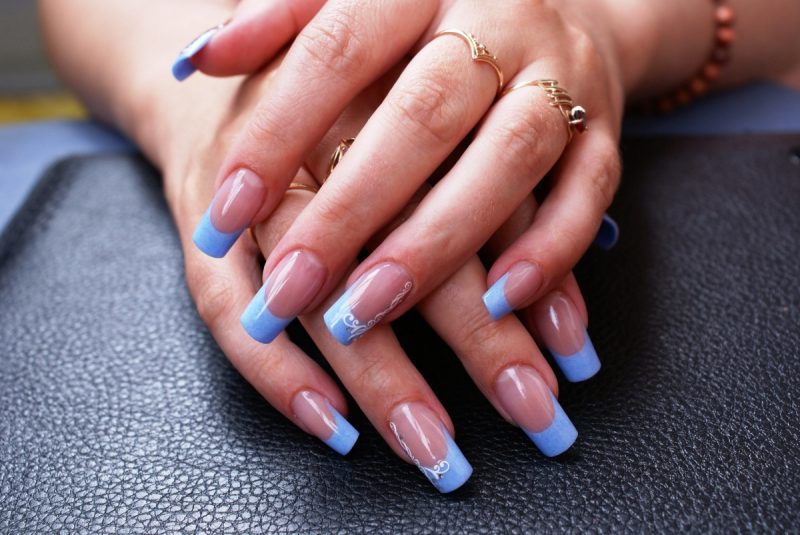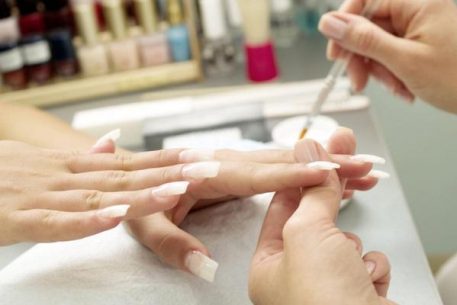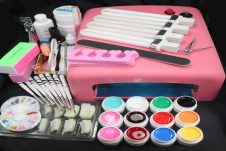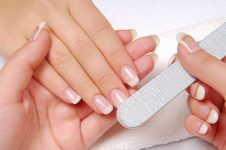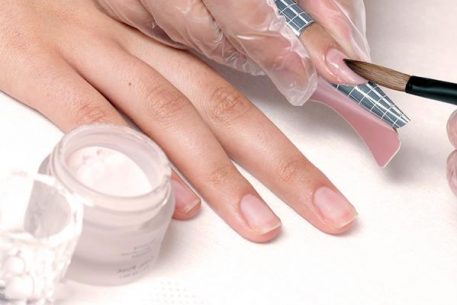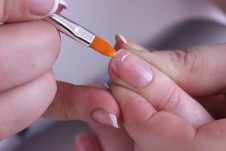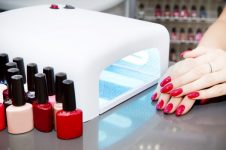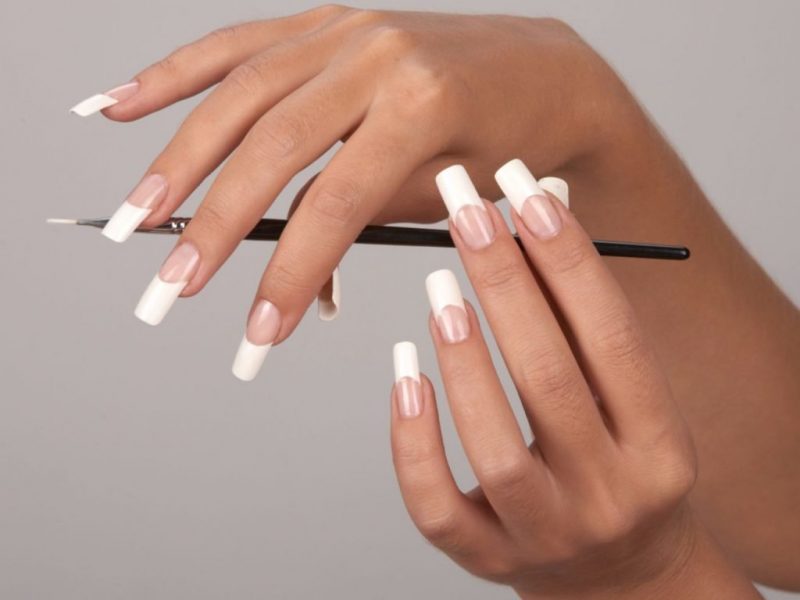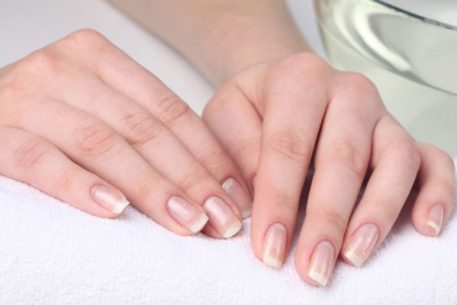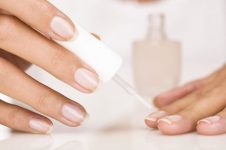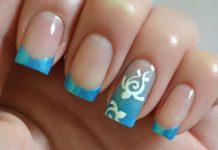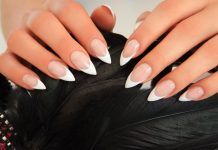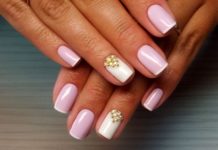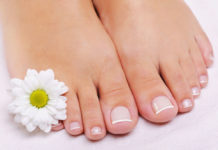Fashionable extension allows you to always have a well-groomed manicure, even if by nature weak and brittle nails. Thanks to the extension, you can quickly become the owner of a beautiful manicure and any length of nails. There are many myths about acrylic and gel nails. Currently, these methods are the most popular for styling the nail plate. How to choose a nail extension without prejudice to health? Below is an introduction to the fact that both methods are good, but have different principles.
Material Content:
Pros and cons of the extension procedure
Any procedure has its pros and cons, it all depends on the individual portability, professionalism of the master and the materials used. Both methods for nails are safe and from the styling side are equally beautiful, but you should pay attention to the following:
- First of all, one should take into account the durability and the possibility of quick recovery, correction.
- The term of wearing extended nails can be different: from two weeks to one and a half months. These factors depend on the condition of the nails and their growth rate. However, regardless of gel or acrylic coverage, marigolds may break from time to time.
- For safety, the materials that the masters use to build up and maintain hygiene are more often responsible. Safe (quality) materials must have the necessary certificates from the manufacturer.
- Previously, acrylic nail extensions due to the use of harmful methyl were not liked, but today we have nothing to fear. Although ethyl (which replaced methyl) does not have a very pleasant smell, it is safe for natural nails.
- It is believed that air does not pass through the building material and bacteria accumulate there. These opinions are true, but not substantiated. If the integrity of the nail is not broken, with proper hygiene, the bacteria are not scary.
You can do this at home, it is not necessary to go to the manicure master, but at the same time, you need to follow the instructions for the procedure. In order for everything to be done correctly, it is better to gain experience or rely on professionals. Beauty masters will help you choose the right manicure, study the condition of the nails and advise which method to choose.
Acrylic or gel builders are aware of the latest trends, which allows them to create real masterpieces on nails that you can admire.
What you need for gel nail extension
Gel nail extension is performed somewhat differently than acrylic, respectively, slightly different materials and compositions will be required:
- degreaser;
- a primer;
- tips (forms);
- gel base and finish;
- a set of files;
- orange sticks;
- polishing buff;
- liquid to remove the sticky layer;
- brushes;
- nail remover;
- Ultraviolet lamp;
- lint-free napkins;
- nail and cuticle oil;
- pusher;
- nippers, tweezers.
The principle of gel building:
- The gel is applied to a pre-prepared form or to tips with a special brush.
- Dried for 2-3 minutes in a lamp, after which they are adjusted with a nail file to the desired shape.
- Put the finishing composition, again dried in a lamp. If the gel sticks after polymerization, this layer will need to be removed with a special liquid.
- Finished nails are polished, coated with gel or regular varnishes, make a design. The cuticle is treated with oil.
Compared to acrylic, the gel does not give such a strong adherence to the nail plate, so it is less resistant to shock and damage. Unfortunately, with careless use, the nail can easily break.
The advantage of this method is convenience. The nail is much easier to form, and the substance itself does not have a pungent odor when applied.
Tools and materials for acrylic building
Acrylic nails are characterized by exceptional strength and resistance to damage.
To build them you should have the following materials:
- degreaser;
- a primer;
- acrylic powder;
- monomer (liquid);
- a cup for monomer;
- brushes;
- nail files;
- polishing buff;
- forms for building;
- orange sticks;
- nail and cuticle oil;
- milling cutters;
- a brush;
Acrylic extension principle:
- First of all, nails are prepared - degreased for successful bonding with acrylic, treated with a primer.
- A powder is applied with a brush, which, in combination with the monomer, is compacted, forming a nail of any length on top of the form.
- Hardening of acrylic occurs within a few minutes without the need to keep nails in a lamp.
- Acrylic perfectly conceals flaws. Buffed surface is cleaned with a brush and polished.
- Apply oil to the cuticle, massage each finger.
- Varnish or make a French manicure, nail design.
Artificial nails need special care. It is important to systematically rub oil into the nail, especially on acrylic, because this material likes to dry natural nails. If you do not make a correction for a long time, the nails can bend (deform). Do not forget that natural nails grow under acrylic.
Which is safer, acrylic or gel
These compositions differ mainly in the hardness of the material; externally, the manicure is the same. Acrylic is a very hard material, resistant to cracks and scratches. The gel, in turn, is a more elastic material, but, unfortunately, susceptible to cracks. A worthy alternative would be the acrygel technology of combined gel building and strengthening powder.
What you first need to know about the dangers of building:
- The quality of processing is responsible not only for the durability of the modeled nails, but also for their health. If the surface of natural nails is exposed to pathogenic microbes, it is deformed or damaged.
- Over time, the nail becomes thinner and softens. Successful building can be achieved through natural nails - they must be strong and healthy. Do not build up over wounds and injuries!
- Be sure to use a disinfectant for the treatment of hands and nails. The master should work with gloves.
Women "in position" are concerned about the question: are artificial nails dangerous to health? So far, no research has shown that wearing acrylic (gel) nails by pregnant women affects the fetus. This method has been known for a long time, and so far no associations have been found between wearing artificial nails and the health of the newborn.
It is believed that with prolonged contact with acrylic (gel), allergic reactions can occur. This problem often concerns masters who have to work with these materials for hours. This is not a threat to clients. To eliminate these risks, it is better to conduct an individual tolerance test before building up.
Some women worry about the smell of acrylic, therefore, rejecting this method, they switch to gel.
Extension on forms or tips what to choose
Tips are fixed with glue on a sawn and degreased surface. They come in different shapes, imitate a jacket, square, oval or stylet. If you do not trust the composition of the glue or you are confused by this technique, you should choose the extension on the forms. It consists in the formation of a manicure gel or acrylic directly on the nails. Glue in this case is not needed. The composition is applied to prepared nails. After hardening, the coating is formed using a file and a milling machine.
How to restore nails after building
One of the main goals of any nail stylist should be to protect a natural nail by using high quality products. Aggressive filing of nails with highly abrasive files helps to destroy the natural layer of the nail. If the stylist cuts the nails too much, the plate becomes thin, like paper, it breaks. It is precisely because of this error that problems arise where clients do not want to extend their nails. They no longer decide on such a service. Because of what recovery may be required:
- The danger may be improper removal of artificial nails.
- When removing acrylic or gel, the mass does not always move away easily. Often masters make a mistake - rush time and scrape the composition with a pusher.
Repairing a damaged nail plate can be a long one. Salt baths and nutritious creams have proven themselves well. Additionally, the body needs to provide vitamins that are responsible for the condition of the nails. If you have serious problems, find out how to repair your nails after building up with a professional beauty master or dermatologist.


